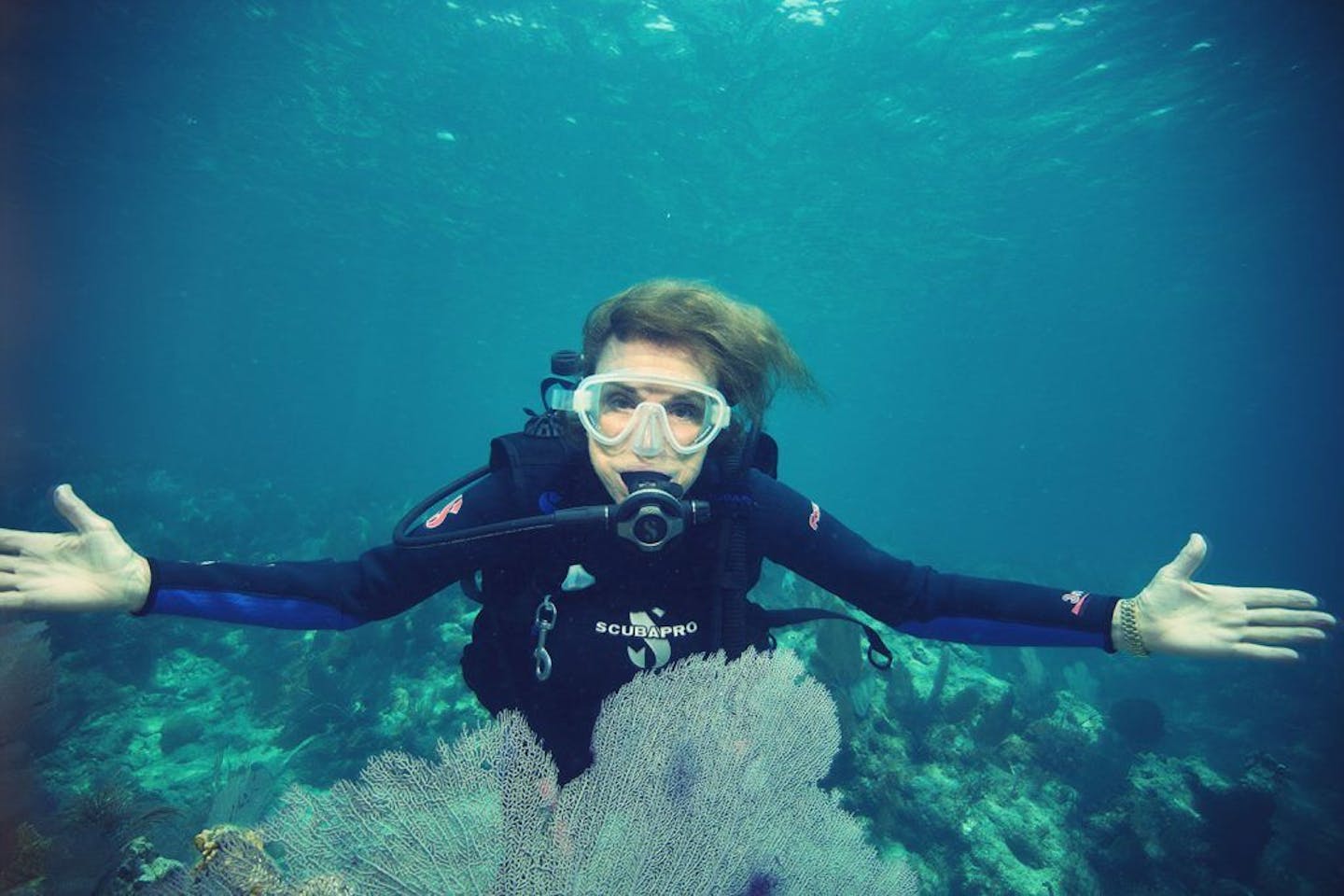Dr. Sylvia Earle: Ocean conservation pioneer and climate hero shaping marine science
- Nature Conservation
- Ocean Conservation
- Women
- Science & Technology
- Climate Heroes
- Northern America Realm
With unwavering determination, Dr. Sylvia Earle has become a leading force in the protection and restoration of one of our planet's oceans.
A marine biologist, oceanographer, explorer, author, lecturer, and National Geographic explorer-in-residence since 1998, Dr. Earle has been at the forefront of groundbreaking research, inspiring generations to take action and become stewards of our seas.
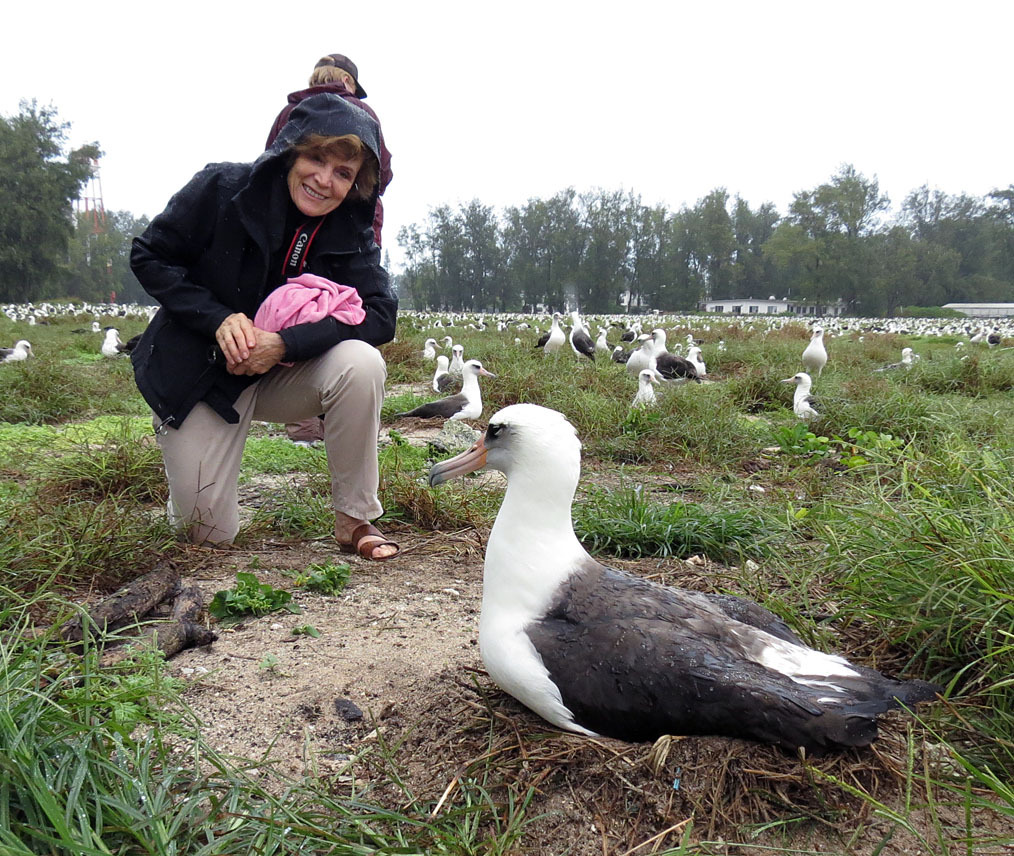
Image credit: Creative Commons, USFWS
Connecting with nature at an early age
Dr. Earle's journey of exploration and influence began in her early years. Growing up in an outdoorsy family that fostered her love for the natural world, she developed a deep connection with the environment.
Her academic pursuits led her to attain a Bachelor of Science degree from Florida State University, a Master of Science, and a Doctorate of Phycology (the study of algae) from Duke University. Armed with knowledge and a burning desire to protect our oceans, Dr. Earle embarked on a remarkable career that has left an indelible mark on the scientific community.
Rejection turned into leading a team of aquanauts
In 1969, Dr. Sylvia Earle submitted her application to participate in the Tektite Project, an innovative underwater installation fifty feet beneath the sea's surface near the Virgin Islands. The project gave scientists the unique opportunity to live submerged in their research environment for extended periods, spanning several weeks.
Despite logging over 1,000 hours of underwater research experience, Dr. Earle was rejected from the program that year. However, her determination paid off as she was chosen the following year to lead the pioneering Tektite II mission, becoming the leader of the first all-women team of aquanauts.
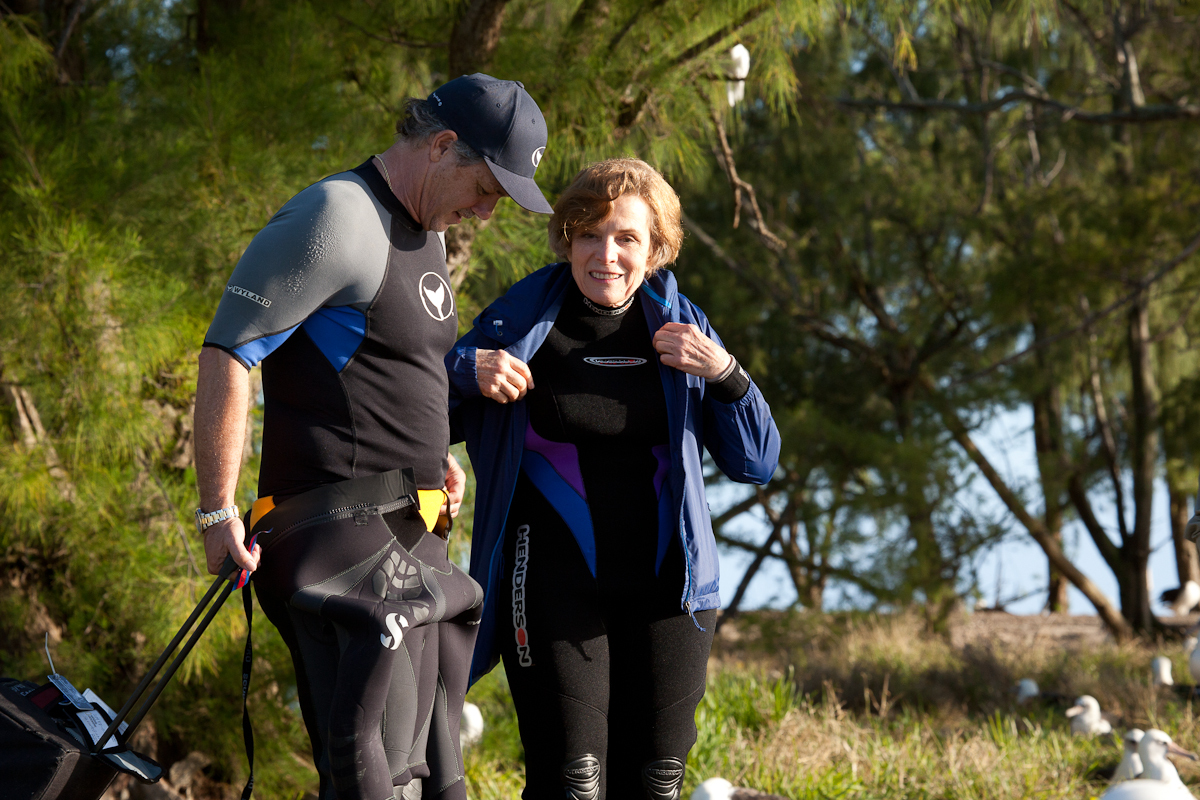
Image credit: Creative Commons, USFWS
Breaking the open-ocean dive record
From 1979 to 1986, she served as the Curator of Phycology at the California Academy of Sciences. In her relentless pursuit of knowledge, she set the women's depth record by descending to 381 meters (1,250 ft) untethered in an open-ocean JIM suit dive off Oahu.
Engineering innovative technology to study the deep
Alongside her husband, Graham Hawkes, an esteemed engineer, and submersible designer, Dr. Sylvia Earle co-founded Deep Ocean Engineering in 1982. Their visionary enterprise aimed to revolutionize the design and operation of robotic subsea systems. With a dedicated team, they embarked on a journey to push the boundaries of underwater exploration.
By 1985, the remarkable team at Deep Ocean Engineering unveiled their groundbreaking creation, the Deep Rover research submarine. This state-of-the-art vessel could reach depths of 1,000 meters (3,300 ft), unraveling the mysteries hidden within the ocean's abyss.
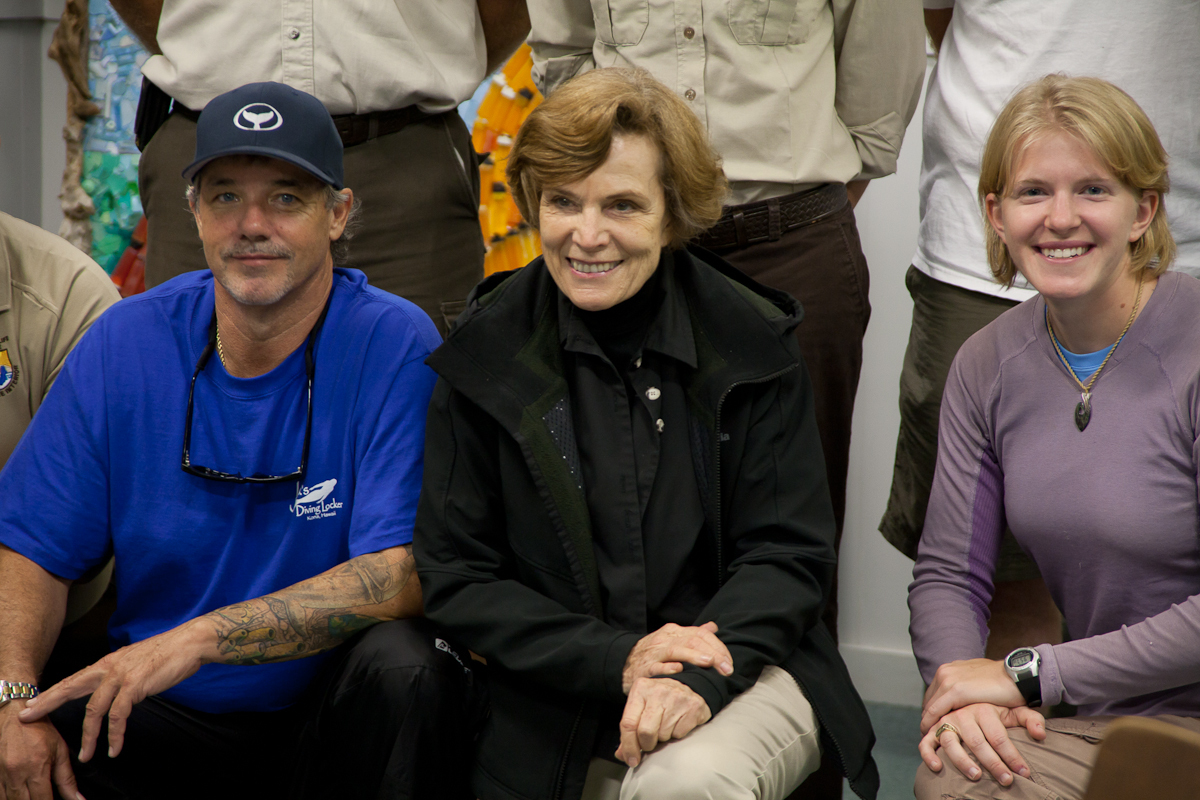
Image credit: Creative Commons, USFWS
The first woman to become Chief Scientist at NOAA
Although deeply involved in developing groundbreaking technology, Dr. Earle's insatiable passion for environmental conservation led her to make a significant career shift. In 1990, she became the first woman to hold the title of Chief Scientist at the National Oceanic and Atmospheric Administration (NOAA).
Given her profound understanding of the environment, Dr. Earle was called upon to lead several critical research expeditions during the Persian Gulf War in 1991. Her mission was to assess the devastating impact caused by the destruction of Kuwaiti oil wells.
Exploring the sea becomes a family business
Dr. Earle established Deep Ocean Exploration and Research (DOER Marine) in 1992. This endeavor aimed to advance the field of marine engineering to new heights.
Today, the company continues to thrive under the guidance of Dr. Earle's daughter, Elizabeth. DOER Marine remains at the forefront of designing, building, and operating cutting-edge equipment tailored explicitly to demanding and awe-inspiring deep-ocean environments.
Earning the title "Her Deepness"
In 1998, Dr. Earle led the Sustainable Seas Expeditions, a five-year program sponsored by the National Geographic Society. Here, she earned the notable nicknames "Her Deepness" and "The Sturgeon General."
During this time, she served as a council chair for the Harte Research Institute for the Gulf of Mexico Studies at Texas A&M-Corpus Christi, where she played a pivotal role in advancing research and understanding of this vital marine ecosystem. Additionally, she served as the chair of the Advisory Council for the Ocean in Google Earth, utilizing her expertise to guide initiatives that promote ocean conservation and awareness on a global scale.
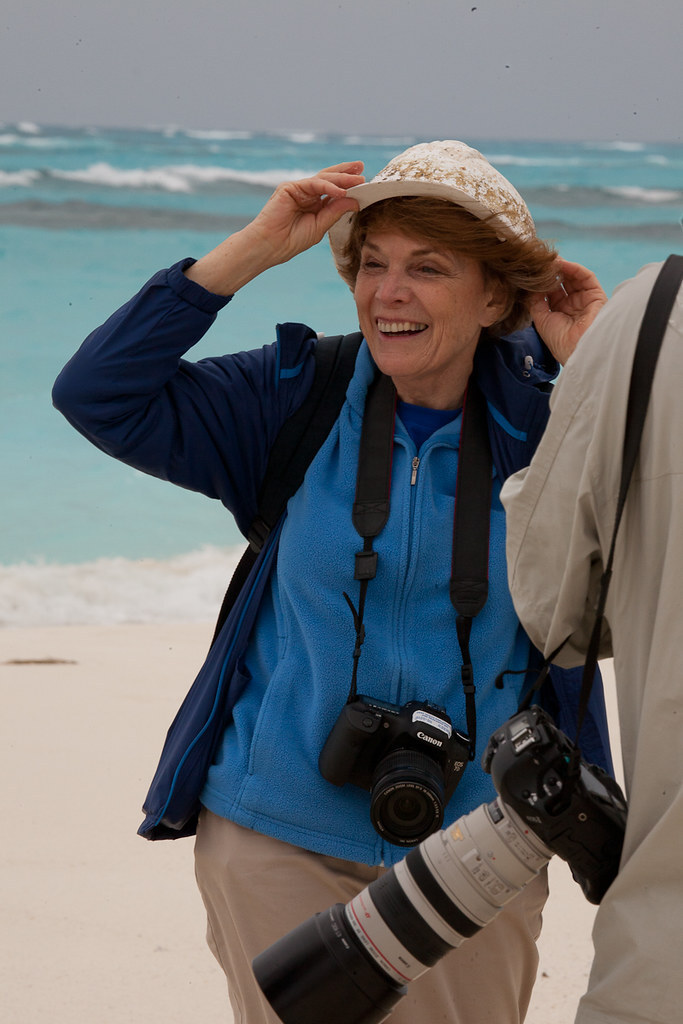
Image credit: Creative Commons, USFWS
Protecting "Hope Spots" through Misson Blue
Continuing her unwavering passion for the oceans, Dr. Earle founded Mission Blue in 2009, a global alliance dedicated to establishing marine protected areas known as "Hope Spots." These areas, critical for the health and balance of our ocean ecosystems, harbor abundant species and unique habitats.
Together with a network of partners, Mission Blue has already established 153 Hope Spots worldwide.
A lasting legacy protecting marine life
Perhaps the most celebrated ocean researcher of our time, Dr. Earle has spent almost 7,000 hours underwater, written 180 publications, led over 100 ocean expeditions, and holds 22 honorary degrees due to her work in oceanography.
Her extraordinary achievements have been recognized with numerous accolades, including being named Time Magazine's first Hero for the Planet in 1998 and winning the Seattle Aquarium's inaugural Lifetime Achievement Award and the prestigious TED prize.
She serves on the Advisory Circle for Daughters for Earth, a campaign powered by One Earth to mobilize women-led climate action around the world to protect and restore the Earth.
Dr. Earle's pioneering research has revolutionized our understanding of marine ecosystems and their vulnerability to human activities. Her accomplishments have elevated her status as a renowned scientist and inspired countless individuals to join the fight for a more sustainable future.
With every drop of water you drink, every breath you take, you're connected to the sea. No matter where on Earth you live.Explore more Climate Heroes
